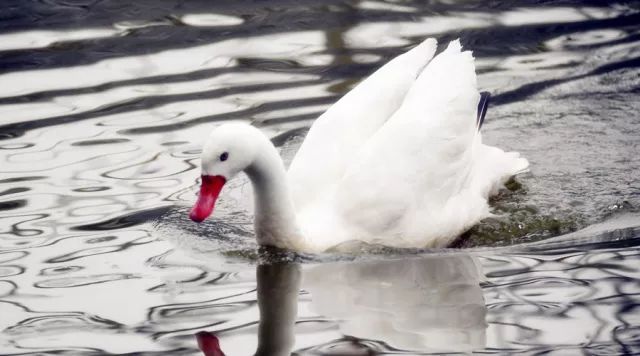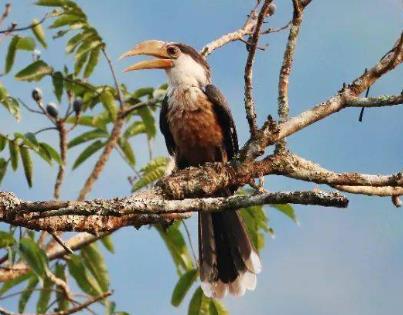
Austen's Brown Hornbill
Hornbill,Anorrhinus austeni
The white-throated hornbill is a large bird of the family Rhinoceros Bipedid···
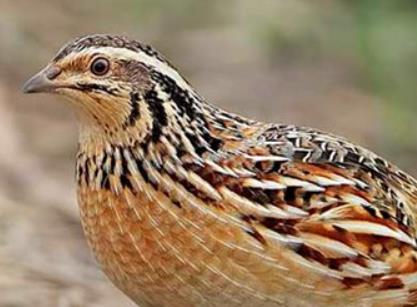
Coturnix japonica
Quail, Japanese quail
Quail is a small, round, gray-brown quail. The upper body has brown and blac···
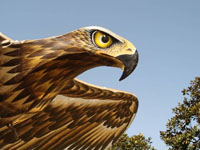
Aquila chrysaetos
Golden eagle, old eagle, white eagle
The global population of golden eagles is estimated at around 300,000 indivi···
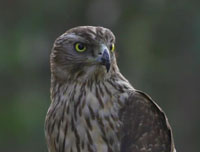
Accipiter gentilis
Goshawk, hawk, yellow hawk, harrier hawk
The goshawk is a carnivorous bird of prey in the forest. It has sharp vision···
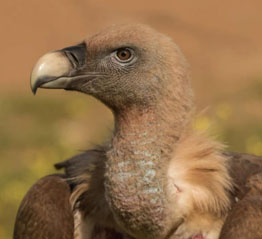
Gyps fulvus
vulture, mountain eagle
Vultures are birds of the genus Griffon, family Accipitridae. Vultures usual···

Emperor Penguin
Aptenodytes forsteri
Emperor penguins mainly live in the sea. They hunt, swim and play in the wat···
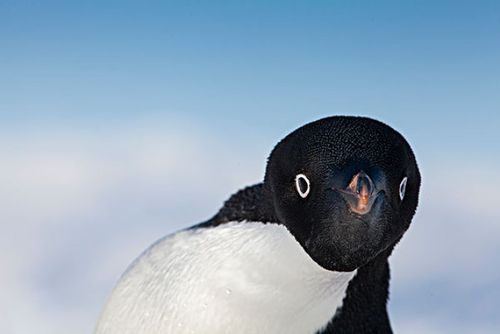
Adélie penguin
Pygoscelis adeliae
The legs of the Adélie penguin are light pink and the soles of the feet are···

Pygoscelis papua
White-browed penguin, Gentleman penguin, Gentleman penguin
The Gentoo penguin walks on land with a shaky gait, and its long tail swings···
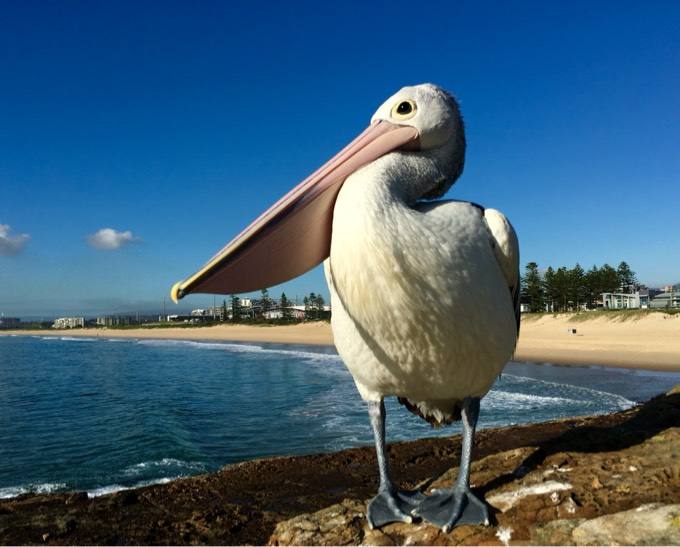
Pelecanidae
pelican, owl, taohe, gannet, bag goose, bag bird
Pelicans often live in groups in the wild. In addition to swimming, they spe···

Pygoscelis antarcticus
chinstrap penguin, Police officer penguin, Antarctic penguin, chinstrap penguin, whiskered penguin, chinstrap penguin
As penguins that look like police officers, they are also very courageous an···
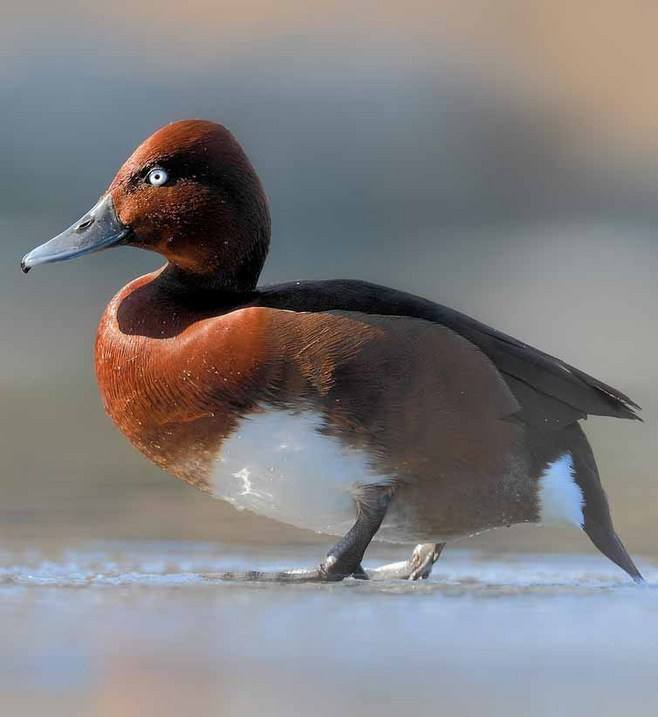
Aythya nyroca
Ferruginous Duck,White-eyed Pochard,Ferruginous Pochard
As a male white-eyed pochard, it is born with a pair of bean-sized white eye···
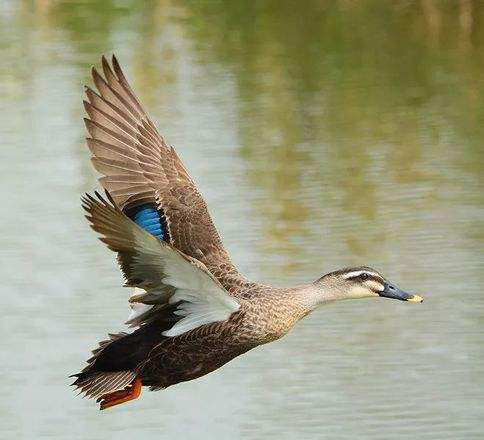
Anas zonorhyncha
Spot-billed duck, Valley duck, Yellow-billed duck, Fire duck, Chinese spot-billed duck, Chinese spot-billed duck, Oriental spot-billed duck,Anas zonorhyncha,Eastern Spot-billed Duck,Chinese Spot-bille
Spot-billed duck is also called valley duck, yellow-billed duck, and fire du···
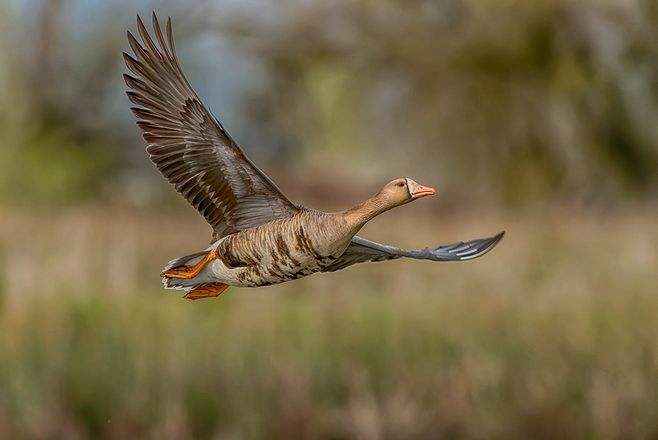
Anser albifrons
Wild goose, spotted goose, bright spotted goose,Greater White-fronted,Goose White-fronted Goose
You can often see flocks of wild geese flying freely in the sky, sometimes i···
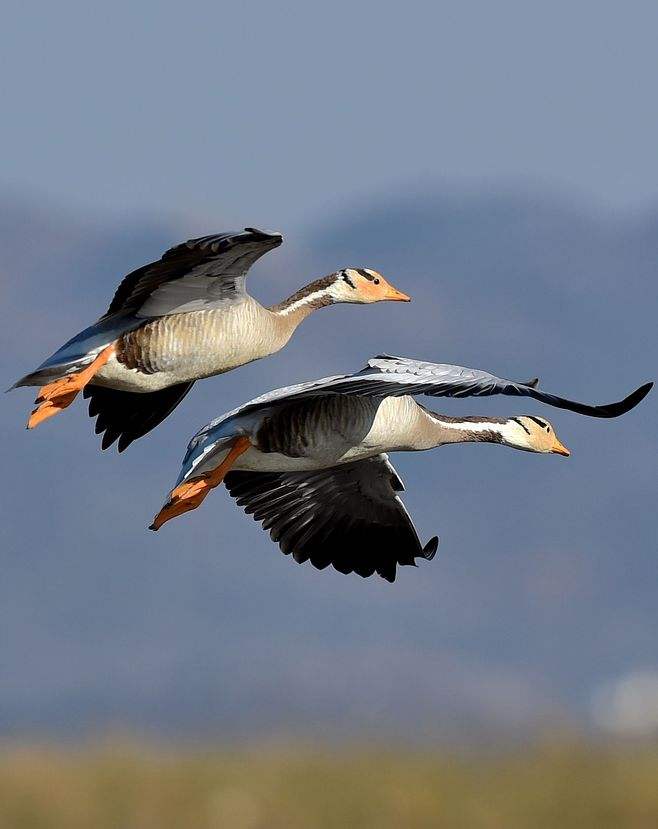
Anser indicus
White-headed goose, Black-headed goose,Bar-headed Goose
Bar-headed geese - they are the highest flying birds in the world. At an alt···

Cygnus atratus
Black Swan
In my country, swans are regarded as a symbol of beauty, auspiciousness, nob···
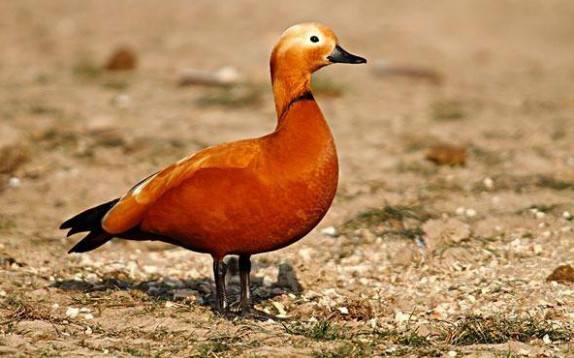
Tadorna ferruginea
Yellow duck, yellow duck, duck, red goose,Ruddy Shelduck
There is a kind of "duck" that is slightly larger than a domestic ···
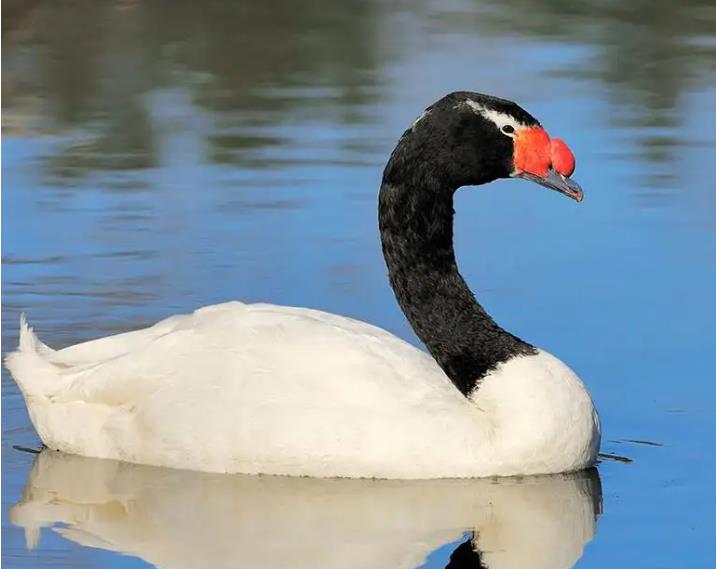
black-necked swan
Cygnus melanocoryphus
The black-necked swan is a swan with a black neck and white body. It mainly ···
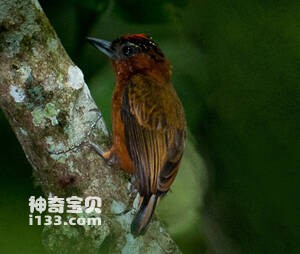
Picumnus rufiventris
Picumnus rufiventris,Rufous-breasted piculet
The scientific name of the brown breasted woodpecker is Picumnus rufiventris···

Eupetomena macroura
Eupetomena macroura,Swallow-tailed Hummingbird
The Swallow-tailed Hummingbird is Eupetomena macroura and swallow-tailed hum···
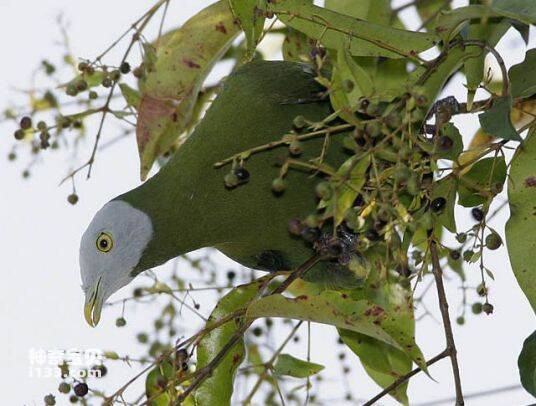
Ptilinopus hyogastra
Ptilinopus hyogastra,Grey-headed Fruit-dove,Grey-headed Fruit Dove
Its scientific name is Ptilinopus hyogastra, and its foreign names are Grey-···

